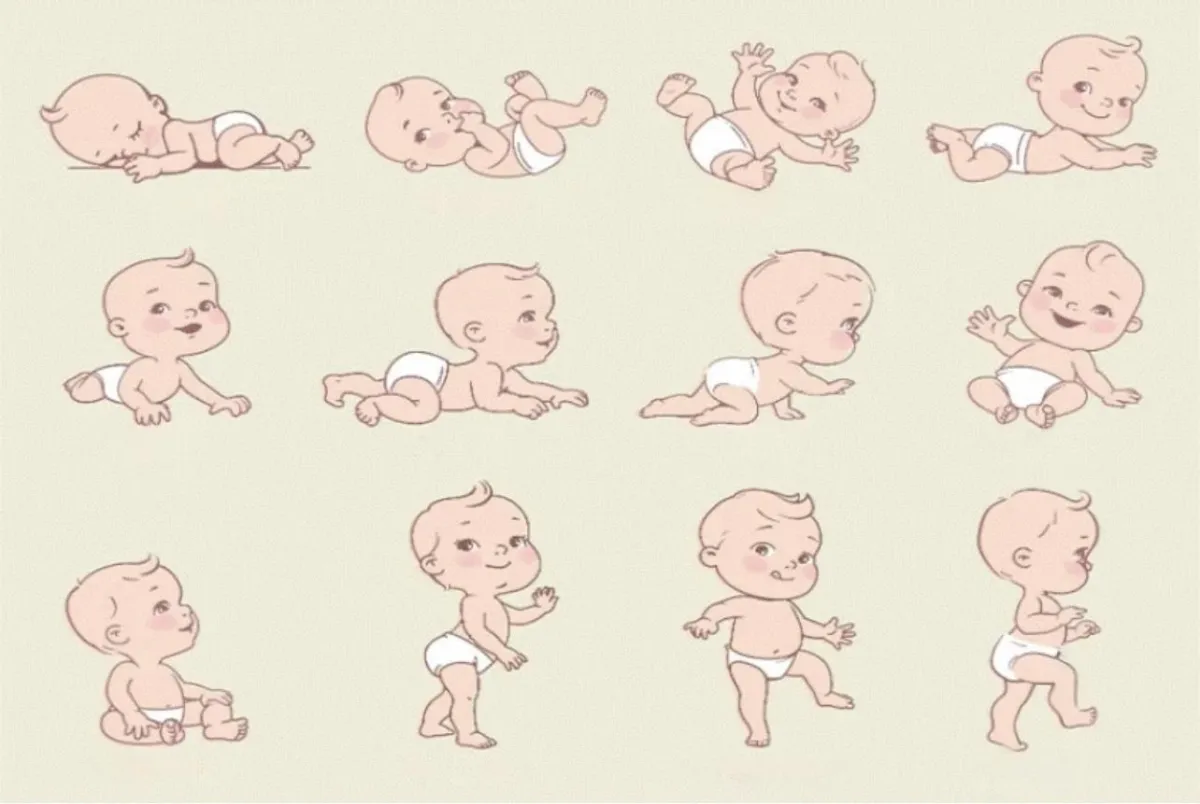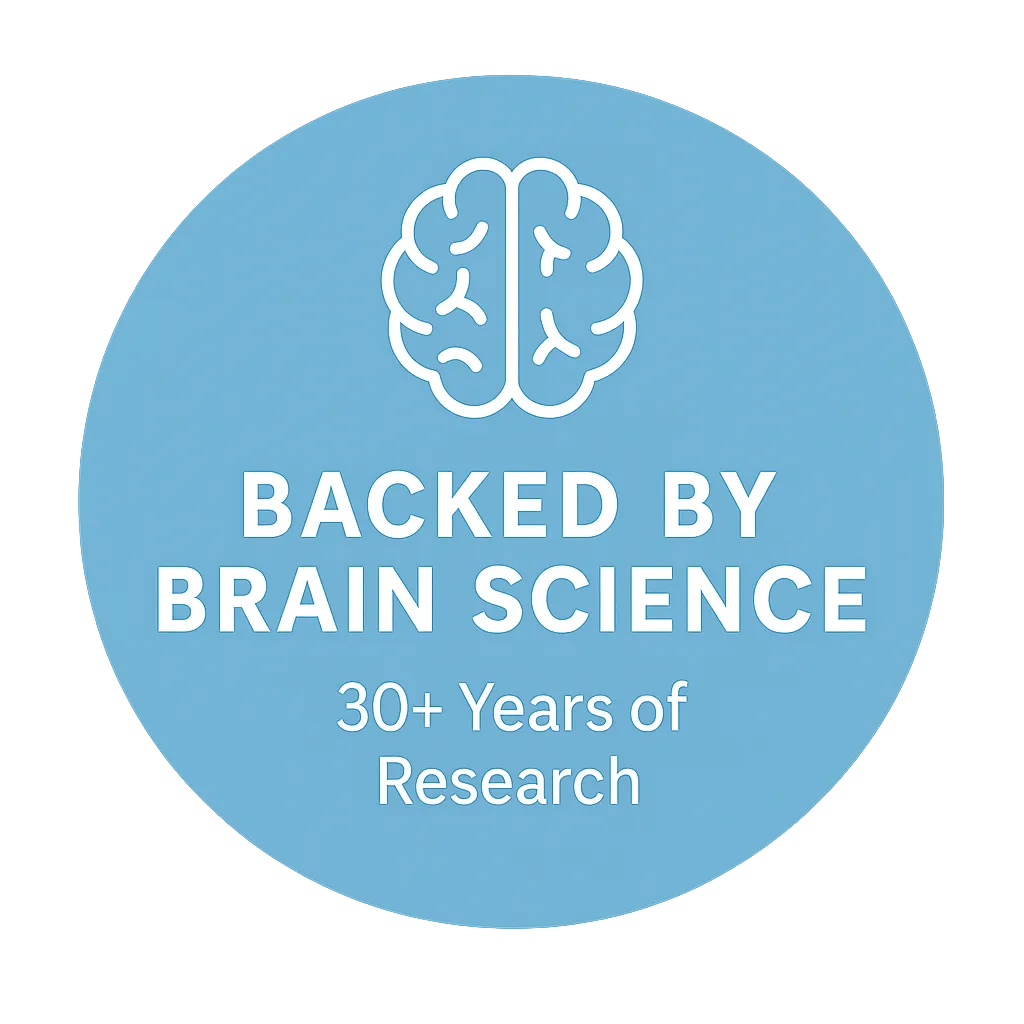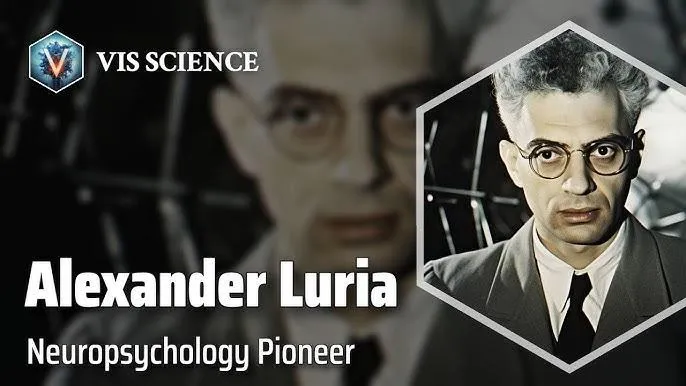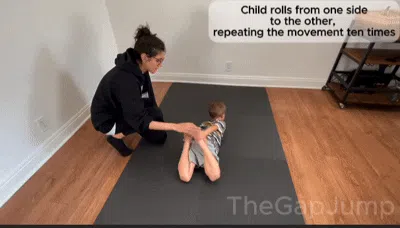If your child is struggling to speak, focus, or learn — I understand.
Not as a therapist. Not as a specialist.
As a mom who’s been there.
And this is how it started changed.
I remember that day like it was yesterday.
I was sitting on a bench at the playground, watching my son try to play with the other kids.
He really wanted to join them. But they couldn’t understand what he was saying — he was four, and still not speaking. He was making sounds, like his own little made-up language, trying to copy how we talk.
One of the boys looked at him and yelled, “I don’t understand what you’re saying!!”
Then the kids just ran off.
I saw my son hesitate for a second, like he wanted to follow them… but then he stopped. He turned around and slowly walked to the slide. He started going down over and over again, not playing, not smiling — just sliding.
Eyes blank. Like he wasn’t even there anymore.
And I just sat there. Not even moving. With a huge lump in my throat and pain in my chest..
We had already been doing speech therapy. Private sessions. IEP (Individualized Education Program) at school.
Everyone kept telling us it would come. Any day now. That bilingual kids sometimes speak later.
But nothing was really changing.
That day on the playground — that was the moment I thought:
what if it doesn’t come?
What if my son will never speak?

The Breakthrough
That year, we visited family in Russia and saw a new set of specialists.
They evaluated him and said something surprising:
“He’s healthy. But there’s a missing link in his development. He needs to go through specific body-based therapy to trigger speech.”
Honestly, I didn’t expect anything and I was hesitant, because the therapy was expensive, even in rubles.
And if all of the other things hadn’t helped, how would physical exercises do anything?
But I was desperate. So we started the sessions.
And then—just a few weeks later—my son said his first full sentence.
I was floored.
And the benefits went far beyond speech. He was calmer. More focused. More engaged.
The problem was, we were leaving Russia soon—but my son NEEDED this therapy.
I had to keep doing the exercises in the U.S., but I couldn’t find anything like it here.
So I studied the method - read the books, watched videos. And I attended each session - watching, asking questions, learning.
I realized - while the science behind the exercises is complex, the exercises themselves are surprisingly simple - and we could do them at home.
A sneak-video from a session in Russia
(The center in Russia didn’t allow parents into the sessions, but I pushed my way in)
The Hidden Cause Most Parents Miss
It all starts in the first year of life.
That’s when the brain forms its foundational wiring. Each physical milestone a baby hits—eye tracking, rolling, head lifting, crawling, walking—activates specific parts of the brain and builds critical neural connections.
Miss a stage? Or rush through it?
👉 That wiring doesn’t form the way it should.
And that can show up years later as:
Speech delays
Difficulty concentrating
Emotional dysregulation
Learning challenges
Behavioral issues
Most parents celebrate when a child walks early. I know I did.
But if a child skips crawling, for example, they miss an essential step that helps connect the left and right brain hemispheres—which are vital for speech and learning.
It's not just what they do. It’s how long and how completely they do it.
For example, if a child crawls for only a month or skips the early crawling stage and goes straight to all fours, their brain doesn’t get enough time to build the connections it needs.

How Do We Fix What Was Missed?
🧠The brain is designed to catch up — if you know how to guide it.
That’s where these physical exercises come in.
This method is originally known as the "Метод Замещающего Онтогенеза", which translates to English as Compensatory Ontogenesis Method.
It has been used in Europe with success for more than 30 years.
This method helps your child “replay” the critical developmental stages they missed—using physical movement to re-activate brain areas that didn’t get properly wired.

Based on the Compensatory Ontogenesis Method used for 30+ years in Europe.
Inspired by Dr. Alexander Luria.
Trusted by millions of parents helping kids with speech, focus, and regulation.

The solution was originally developed in the 1940s by the father of neuropsychology, Dr. Alexander Luria.
His remarkable success rehabilitating soldiers returning from the battlefields of WWII with traumatic brain injuries is the foundation of today’s theory of neuroplasticity. Neuroplasticity is the brain’s ability to rewire itself.
Luria’s research showed how the brain can rebuild functions through targeted movement, even years after a delay or injury.
Later, his ideas were developed further by other specialists in neuropsychology and education.
They studied how missing certain early developmental stages could affect a child’s ability to learn, speak, and regulate emotions—and they found a way to help.
Through targeted movement and body-based exercises, they discovered it’s possible to gently “bring back” those missed stages and give the brain a second chance to build the connections it needs.
This is exactly the method that the Russian specialists used to help my son.
So What Does This Method Involve?

It’s a simple series of targeted physical exercises that “replays” the missed developmental stages forcing the brain to form missing neural connections.
Once your child is able to complete all the exercises correctly and with ease, the program is finished—and new neural connections have been formed.
Since I couldn't find anything like this in the U.S. I decided to create a video course that teaches parents exactly what I learned so they can try it with their children.
I call the course the The Gap Jump Method.
Here's what The Gap Jump course includes:
✅ 15 simple core exercises with variations
✅ Step-by-step videos & text tutorials you can follow at home
✅ No equipment needed—just a soft surface
✅ No appointments, no expensive therapy, no driving around.
*No experience needed
**Works even if your child has tried therapy
***You’ll start seeing changes in just a few weeks
Special THANKS to the parents for recording these videos:
The Gap Jump Method is for you if...
✅ Your child's speech is delayed or missing
✅ You’ve tried therapy but progress is slow
✅ You want something you can do at home, without stress
💬 Have questions before you start? We’ve got answers.
FAQ
Who is it for?
✅ Perfect for: nonverbal kids, ADHD/autism, struggles with academic learning
❌ Not for: families unwilling to be consistent
What if my child didn't skip any developmental stage but still has problems?
That’s a good point — but it’s not just about whether a stage was skipped. Sometimes, it’s about not spending enough time in it. For example, my son did crawl — but not for long, and never on his stomach, only on all fours. That detail matters more than most people realize.
In Russia, they don’t leave it to guesswork. If a child has any kind of developmental challenge, they’re automatically assigned these foundational movement exercises — because it's understood that these early patterns are the building blocks of brain development. It’s not optional. It’s the starting point.
Are these exercises safe?
Yes — the movements are gentle, simple, and designed specifically for young children. They’re things most kids do naturally during early development: rolling, crawling, stretching, balancing, etc.
There’s no equipment, no impact, and nothing intense — just slow, body-based movements done on a soft surface.
That said, every child is different. If your child has a specific medical condition, physical limitation, or developmental diagnosis, it’s always a good idea to check with your pediatrician or therapist before starting any new physical activity. For most children, these exercises are not only safe — they’re calming, regulating, and developmentally beneficial.
What if I don’t have any experience?
You don’t need any experience! We’ve done the hard work of studying everything and putting it into a simple routine to follow. You just need to trust the process and consistently do those exercises with your child.
What if my child has already been in therapy for years?
Perfect! This method complements therapy and often fills in what was missing.
Can I do this if I work full-time?
Absolutely. Just 20-30 minutes a few times a week is enough to start seeing change.
Will this help with autism, ADHD, or sensory issues?
Many parents have reported improvements in focus, speech, and behavior.
But of course you should always ask your child's medical professionals if it's safe to perform simple physical exercises before you begin.
What if my child resists the exercises?
No problem. They’re playful and engaging—most kids enjoy them once they start. You could start slow with just 1-2 exercises per day.
When will I see results?
Some parents notice shifts in 3-4 weeks. Most see measurable changes within 2 months. In our case, my son said his first full sentence in about 3 weeks.
Is this scientifically backed?
Yes. It’s based on neuroplasticity and decades of research by Alexander Luria and his followers.
What age is it for?
Ideal for ages 2–9, but helpful for older kids too—especially with learning or focus issues.
I'm not a doctor, I'm just another mom that found what worked for her kid.
And it is so simple that I want to share it with the rest of the world.
WHY CHOOSE THE GAP JUMP METHOD
✅Built on the Compensatory Ontogenesis Method (but structured & simplified)
✅Used in Europe with success for over 30 years
✅Proven to rebuild brain connections through physical motion
✅Helps even if your child is non-verbal, diagnosed with autism, or has learning delays
✅Creates stronger bond between you and your child while doing these exercises
Every day that passes is a missed chance to help your child catch up!
But you can start today — with just 20 minutes on your living room floor.
No appointments. No therapy bills.
Just simple steps at home — built from decades of research.
"It’s like giving the brain a second chance to wire itself"